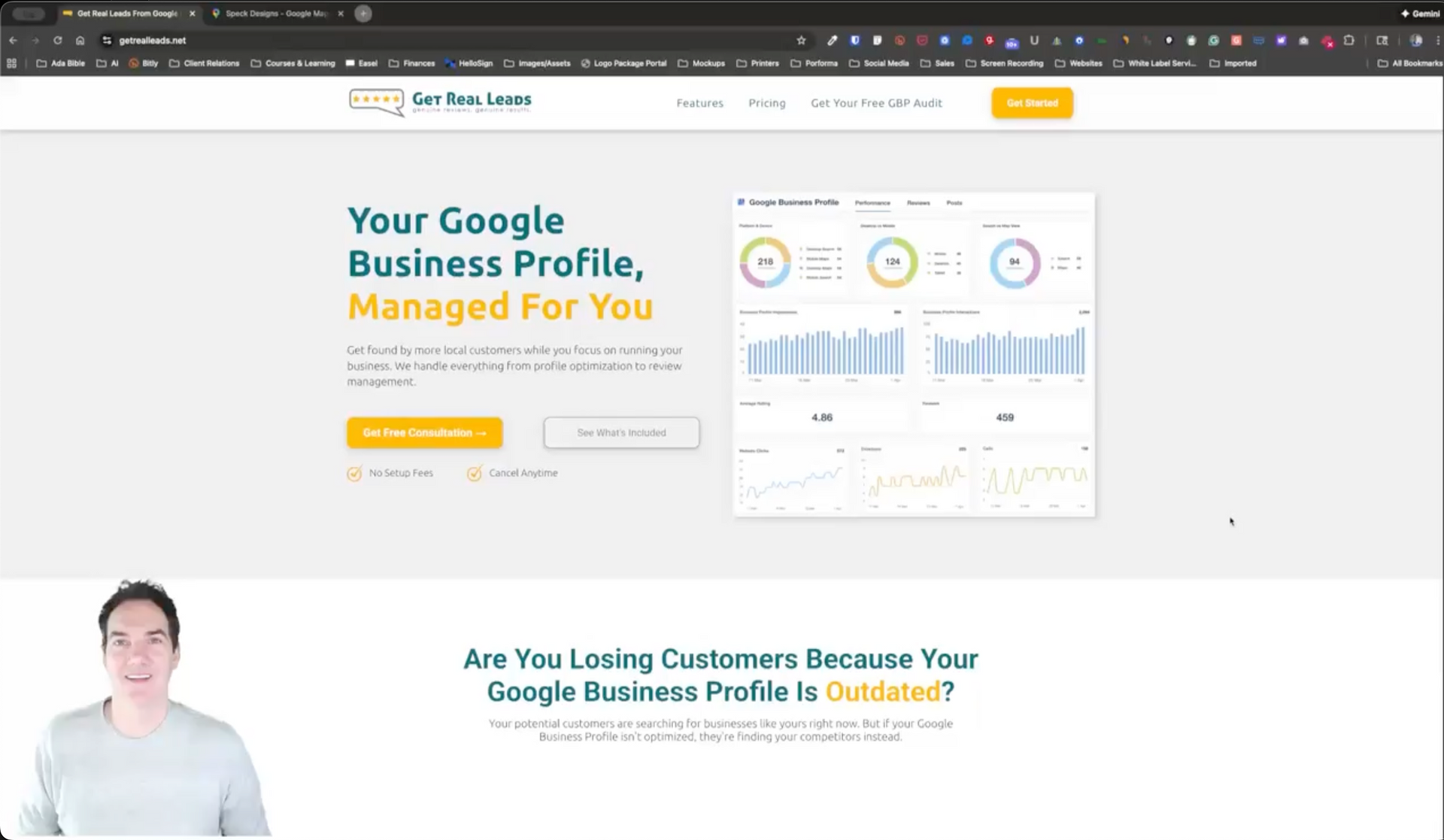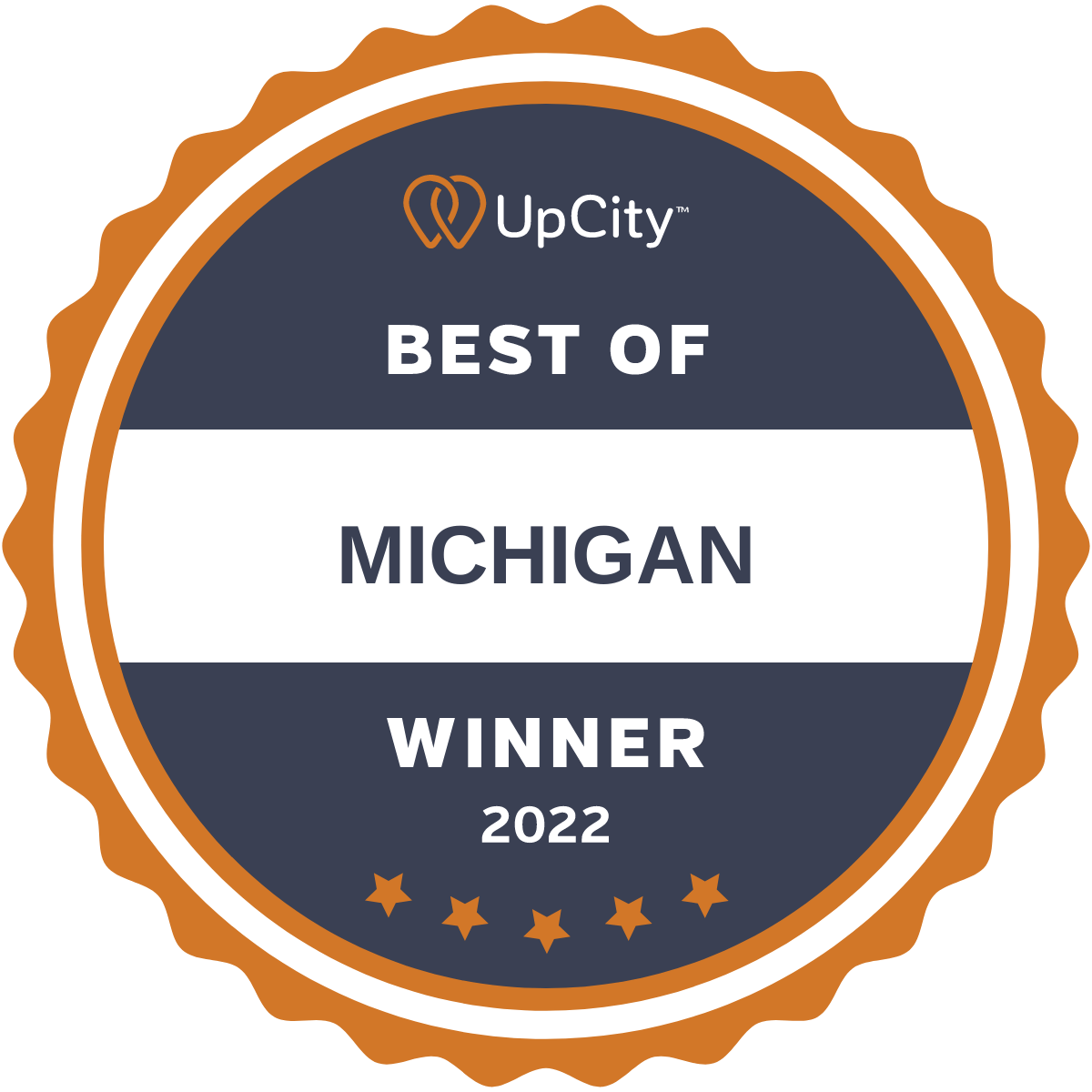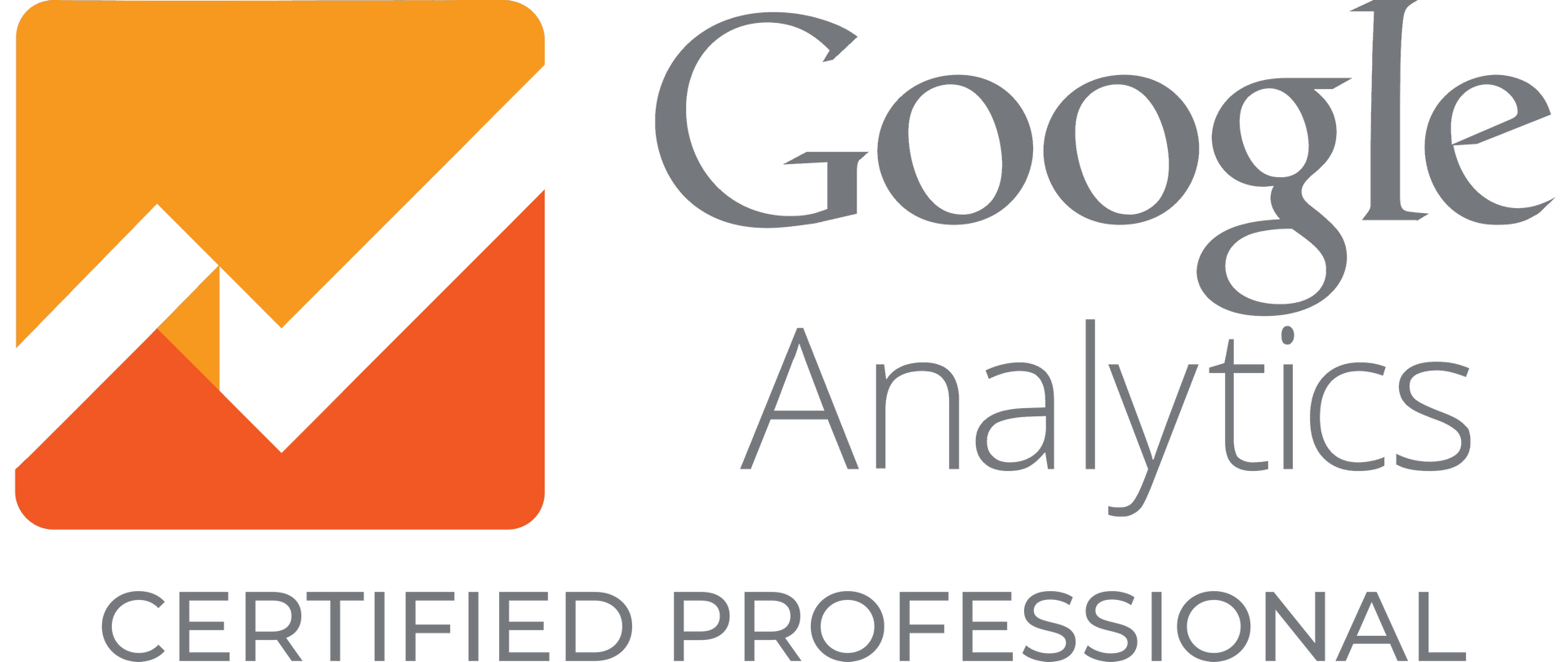12 Factors of Effective Branding and Web Design
In a world where attention spans are shrinking, first impressions matter more than ever. Your website is often the initial encounter between your brand and a potential customer. Effective branding and an appealing web design allow you to make a powerful and memorable first impression.
Your website's visual elements, color schemes, fonts, and imagery should align seamlessly with your brand identity, conveying trust and professionalism when visitors arrive. Today's article will cover twelve important factors that span web design in Michigan and branding in the digital space.
1. Consistency in Branding Elements
A strong brand is instantly recognizable, like a familiar face in a crowded room. Achieving this recognition begins with consistency in branding elements. Your website should use the same color schemes, fonts, and visual elements in all your brand collateral, including your logo, business cards, and marketing materials.
Consistency not only helps customers identify your brand but also reinforces your brand's image. When visitors encounter your website and recognize the same colors and typography they've seen elsewhere, it instills a sense of trust and reliability. They feel reassured that they are in the right place, and this familiarity fosters a stronger connection with your brand.
2. Clear Brand Message
A website communicating your brand's mission and values is a powerful tool for establishing a lasting impression. It's essential that visitors can quickly grasp what your business stands for and what makes it unique.
Your brand message should be prominently displayed, helping visitors understand your core values, objectives, and what sets your brand apart from competitors.
This clarity makes your brand more memorable and resonates with like-minded individuals who share your values, ultimately leading to more loyal customers who identify with your mission.
3. Responsive Design
A responsive web design is more than just adapting to different devices; it's about enhancing online accessibility and guaranteeing a much better user experience. These two alone form the core of fundamental and practical branding online.
Users who can access your website seamlessly from their desktops, laptops, tablets, or smartphones feel catered to and valued. This adaptability reflects your commitment to providing a top-notch experience regardless of how users interact with your brand. It also sends a clear message: your brand is modern, forward-thinking, and user-oriented.
4. Intuitive Navigation
User-friendly navigation is the cornerstone of an engaging website. An intuitive menu and well-organized content make it easy for visitors to find what they want.
Your website should be structured to streamline the user's journey, ensuring they can quickly access the information they seek.
A straightforward menu and a logical flow of content guide visitors, making their experience enjoyable and frustration-free. This, in turn, contributes to an image of a brand that values its customers' time and aims to provide the best possible experience.
5. Compelling Visuals
High-quality images and graphics are not mere embellishments but powerful tools for conveying your brand's story and values.
Investing in professional visuals can be a game-changer. Visual content should align with your brand's identity, evoking the desired emotions and connecting with your target audience.
Whether it's captivating imagery of your products, infographics, or compelling graphics that narrate your brand's journey, visuals are crucial in defining your brand's personality and capturing your audience's attention.
6. Unique Selling Proposition (USP)
Every brand has something that sets it apart from the competition. Your website should clarify what that unique selling proposition (USP) is.
Highlighting your USP is integral to effective branding, whether it's exceptional quality, exceptional service, unbeatable prices, or innovative products.
When visitors land on your website, they should immediately grasp why your brand is worth their attention and patronage. Your USP should shine through in your messaging, product offerings, and overall brand identity, making it easy for visitors to choose your brand over others.
7. Emphasis on User Experience (UX)
The user experience (UX) is more than just an afterthought; it's a significant factor in effective branding.
An intuitively designed website, which is easy to navigate and visually pleasing, creates a positive impression and fosters trust in your brand.
An excellent user experience signifies that your brand values its customers and is committed to delivering the best online experience possible. This positive sentiment can significantly impact brand loyalty, as users are more likely to return to a brand that consistently provides an exceptional UX.
8. Content Quality
When visitors encounter your content and find it informative and insightful, they associate your brand with expertise and credibility. Quality content reinforces that your brand is your niche's go-to source for information, strengthening your brand authority and customer trust.
9. Loading Speed
Website loading speed is often underestimated, but it plays a pivotal role in the user experience and brand perception. A slow-loading website can frustrate users and deter them from exploring your brand further.
Optimizing your website's performance to ensure it loads quickly is fundamental to branding. A fast-loading website keeps visitors engaged and conveys the message that your brand is efficient, technologically adept, and values the time of its audience.
10. SEO (Search engine optimization)
Effective branding isn't just about crafting a visually appealing website; it's also about being discoverable online. Implementing on-page and off-page SEO strategies is integral to improving your website's search engine rankings and visibility.
By optimizing your website for search engines, you ensure that your brand reaches a broader audience, driving organic traffic and establishing your brand as an authoritative presence in your niche.
11. Social Media Integration
In today's interconnected world, integrating social media elements into your website is crucial for expanding your brand's reach.
Include social sharing buttons to encourage visitors to share your content, embedded social media feeds to showcase your brand's online presence, and links to your social profiles for seamless cross-platform engagement. Social media integration strengthens your brand's online ecosystem, reinforces your messaging, and facilitates more significant interaction with your audience.
12. User Feedback and Engagement
Building a brand isn't a one-way conversation; it's about engaging with your audience and incorporating their feedback into your brand's development. Encourage comments, reviews, and feedback from your customers.
Address their concerns promptly and professionally, demonstrating your commitment to excellent customer service and willingness to listen. Engaging with your audience fosters trust and strengthens your brand's relationship with its customers, creating brand advocates who are loyal and vocal in their support.
📲 Do you need help with professional web design and branding in Michigan? Schedule a Call. 📞










